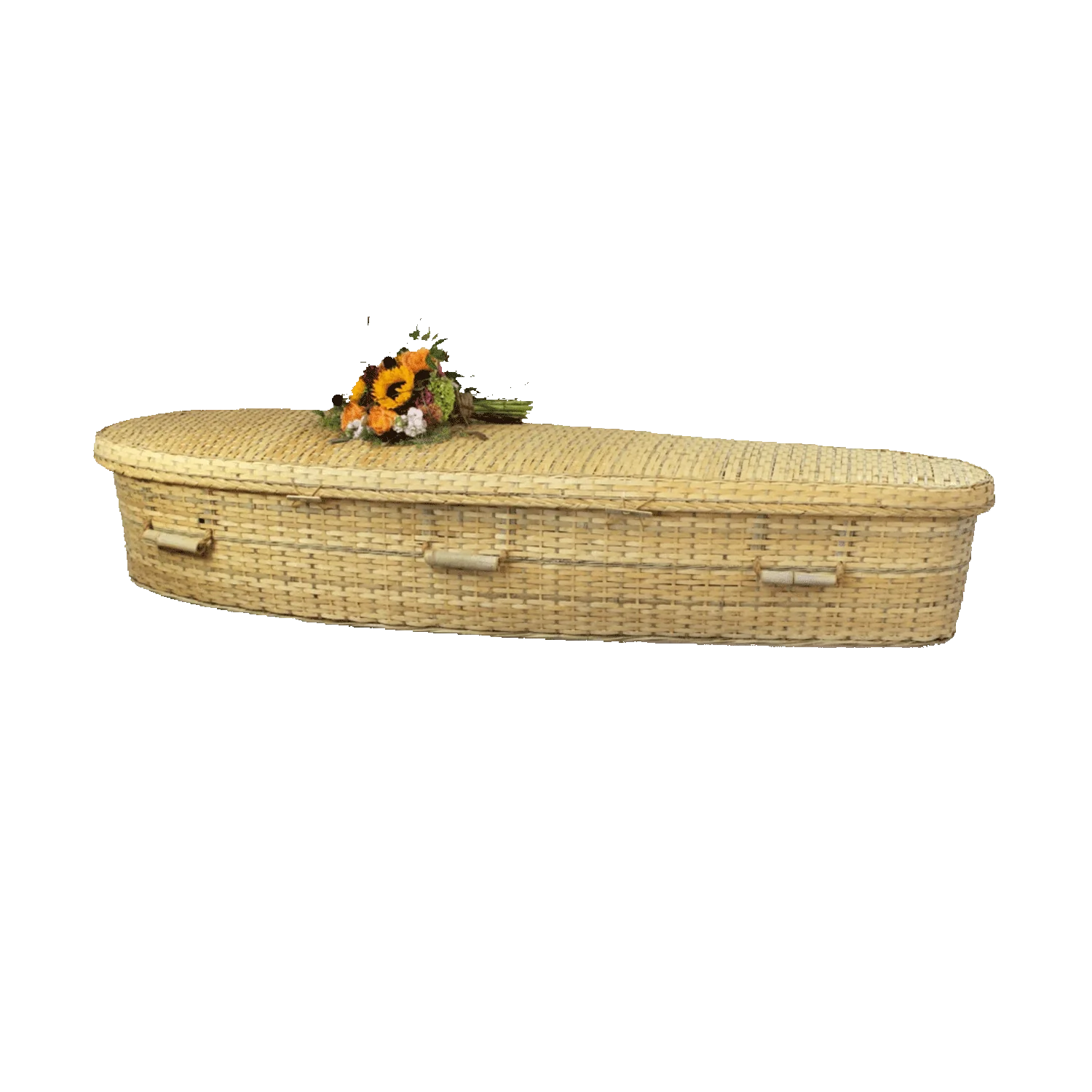When it comes to making funeral arrangements, one of the most important decisions you'll face is choosing between a wood or steel casket. These two materials have been the traditional choices for burial containers for decades, and they both have their own set of unique qualities. In this blog post, we'll explore the differences between wood and steel caskets and why you might pick one over the other.
1. Aesthetic Appeal
One of the most apparent differences between wood and steel caskets is their aesthetic appeal. Wood caskets have a timeless, classic look that many people find comforting. They come in a variety of woods, such as oak, mahogany, cherry, and walnut, and each type of wood offers a unique grain pattern and color. Wood caskets are often chosen for their warmth, elegance, and the natural beauty of the material.
Steel caskets, on the other hand, are known for their modern and sleek appearance. They typically have a glossy finish and are available in a range of colors, including silver, gold, and bronze. Steel caskets may appeal to those who prefer a more contemporary, polished look.
Your choice here will largely depend on personal preferences and the deceased's style and taste. Some people may have a strong connection to a particular material, while others may want the casket to reflect the personality and style of the person being laid to rest.
2. Durability and Longevity
Another critical aspect to consider when choosing between wood and steel caskets is their durability and longevity. Steel caskets are renowned for their sturdiness and resistance to the elements. They are less susceptible to damage from moisture and insects, making them a practical choice for long-term burial. Steel caskets are also sealed tightly, which helps to preserve the body and reduce the risk of decomposition.
Wood caskets, while elegant, are generally less durable when it comes to long-term burial. They can be more susceptible to natural elements, especially if the burial site is prone to high moisture levels. However, when maintained properly and used for above-ground entombment or in a mausoleum, wood caskets can still offer considerable longevity.
Your choice between wood and steel may be influenced by the intended burial site and the specific environmental conditions of that location. If you're planning for a traditional ground burial, steel caskets might be the more practical choice, while wood caskets could be suitable for above-ground or indoor entombment.
3. Cost Considerations
The price is another significant factor that might sway your decision. Steel caskets are often less expensive than their wood counterparts. This price differential can be attributed to the cost of materials and the manufacturing process. Steel caskets are typically mass-produced, making them more affordable. If cost is a primary concern, steel caskets might be the more economical option.
Conversely, wood caskets are handcrafted with meticulous attention to detail. The craftsmanship, quality of materials, and the time spent on construction all contribute to their higher price. If you value the artistry and craftsmanship that goes into creating a wood casket and are willing to invest in a more expensive option, wood might be the right choice for you.
**4. Eco-Friendliness**
In recent years, many individuals have become increasingly conscious of their environmental impact, even in end-of-life decisions. If sustainability is a significant concern, wood caskets are generally considered the more eco-friendly option. Wood is a renewable resource, and many casket manufacturers use sustainably sourced materials. Some even offer biodegradable caskets, which are designed to decompose naturally over time.
Steel caskets, while durable, are not as environmentally friendly due to their production process, which involves mining and manufacturing that can have a larger carbon footprint. However, it's worth noting that some manufacturers are making efforts to improve the environmental impact of steel caskets by using recycled materials and eco-friendly coatings.
5. Personal and Cultural Preferences
Finally, personal and cultural preferences play a vital role in the decision-making process. Different cultures and religions have specific customs and traditions related to burial practices, and these may influence the choice of casket material. Some traditions require the use of particular materials for symbolic reasons, which can be a significant factor in the decision.
Additionally, personal beliefs and sentiments are paramount when choosing between wood and steel caskets. If you or your loved one had a strong connection to a particular material or held specific values related to the environment, aesthetics, or craftsmanship, those considerations should be respected and honored.
In conclusion, the choice between wood and steel caskets is a highly personal one, influenced by factors such as aesthetics, durability, cost, eco-friendliness, and cultural or religious considerations. There is no one-size-fits-all answer, and the decision should ultimately align with the preferences and values of the deceased and their loved ones. Whether you opt for the classic elegance of a wood casket or the modern durability of steel, remember that the casket you choose should be a reflection of the individual's life and legacy.





